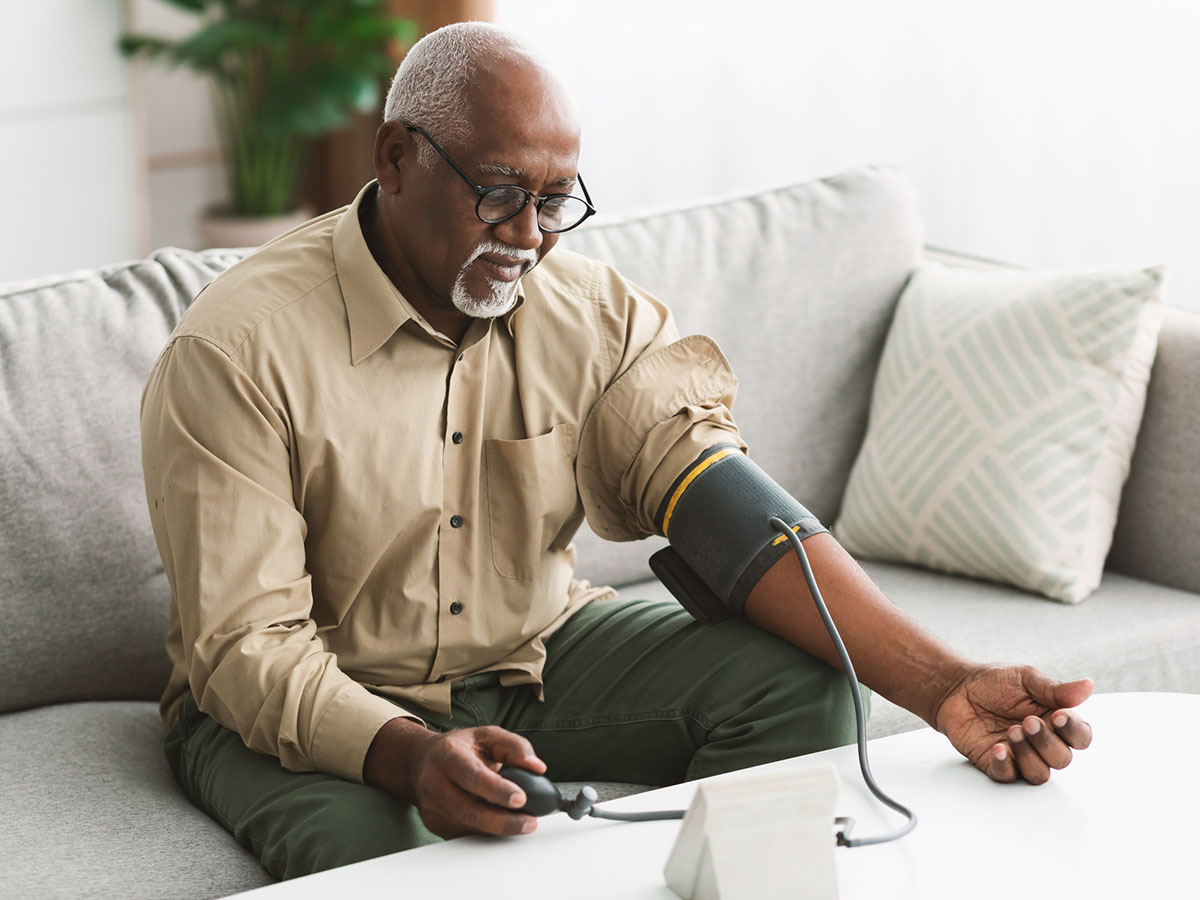Coronary Artery Disease
Coronary artery disease raises your risk for a heart attack. But there’s a lot you can do to take control of your condition.

Coronary artery disease (CAD), a narrowing of the arteries supplying your heart with blood, increases your risk of a heart attack. Virtua cardiologists expertly treat your condition to keep your heart going strong.
Signs and Symptoms of Coronary Artery Disease
Coronary artery disease occurs when the arteries that supply blood to your heart become hardened and narrowed due to a buildup of a waxy substance called plaque.
Risk factors for developing CAD include:
- High blood pressure
- High cholesterol
- High triglycerides
- Diabetes
- Smoking
- Obesity
- Chronic kidney disease
- High levels of stress
- Eating an unhealthy diet
- Lack of exercise
- Sleep apnea
- A family history of heart disease
Coronary artery disease takes many years to develop. So, you may not experience any symptoms until your arteries are significantly clogged. Common symptoms of CAD include:
- Chest pain, or angina, which may be mistaken for indigestion or heartburn
- Shortness of breath
- Fatigue
- Irregular heartbeat
- Sweating
- Lightheadedness
- Nausea
Coronary Artery Disease Diagnosis at Virtua
Your diagnosis will begin with a physical exam. You also may get tests such as:
- Blood tests to check on your levels of blood sugar, cholesterol, and triglycerides.
- Electrocardiogram (ECG) to measure the heart’s electrical activity.
- Echocardiogram, which uses sound waves to show the movement of blood through your heart.
- Stress test, which monitors your heart’s electrical activity, heart rate, and blood pressure while walking on a treadmill. If you can’t exercise, you may be given medication that simulates the stress exercise places on your heart.
- Computed tomography (CT) angiography, which uses a type of X-ray and computer software to produce three-dimensional images of your blood vessels, including specific areas where blood flow may be restricted.
- Cardiac catheterization, in which a cardiologist guides a thin, flexible tube called a catheter through a blood vessel in your arm or upper leg and inserts dye to identify blockages. If a blockage is identified, an angioplasty and stenting may be performed to open the artery.
Coronary Artery Disease Treatment at Virtua
Coronary artery disease may be treated with a combination of lifestyle changes and medication. Sometimes, a procedure may be required to open the artery to restore blood flow and prevent a heart attack.
Treatments include:
- Eating a heart-healthy diet, including foods low in trans- and saturated fats, added sugars, and sodium
- Exercise, ideally at least 30 minutes a day
- Quitting smoking
- Managing stress
- Medications, such as blood thinners, drugs to lower your blood pressure and cholesterol, and medicines to widen arteries and relieve chest pain
- Angioplasty and stenting, in which an interventional cardiologist guides a thin tube called a catheter through the blood vessels to the site of the blockage. A tiny balloon is inflated to widen the artery and restore blood flow. A coil called a stent is placed to keep the artery open.
- Coronary artery bypass grafting (CABG), in which a surgeon takes a healthy blood vessel from another part of the body to create a detour around the blockage for blood to reach the heart
Virtua Coronary Artery Specialists
Virtua cardiologists are experts in the treatment of coronary artery disease and other cardiovascular conditions, with offices across South Jersey.
The Virtua Difference for Coronary Artery Disease Care
Our team of more than 100 cardiac experts provides comprehensive cardiovascular care, from medical cardiology to interventional procedures to advanced cardiac surgery.
Our team of more than 100 cardiac experts provides comprehensive cardiovascular care, from medical cardiology to interventional procedures to advanced cardiac surgery.
Access to the latest treatments for treating coronary artery disease, including shockwave intravascular lithotripsy and drug-eluting stents.
Access to the latest treatments for treating coronary artery disease, including shockwave intravascular lithotripsy and drug-eluting stents.
Rapid new-patient appointments, and a consultation with a Virtua cardiologist within 48 hours.
Rapid new-patient appointments, and a consultation with a Virtua cardiologist within 48 hours.
Recognized by Press Ganey with the prestigious “Guardians of Excellence Award" for patient satisfaction.
Recognized by Press Ganey with the prestigious “Guardians of Excellence Award" for patient satisfaction.



